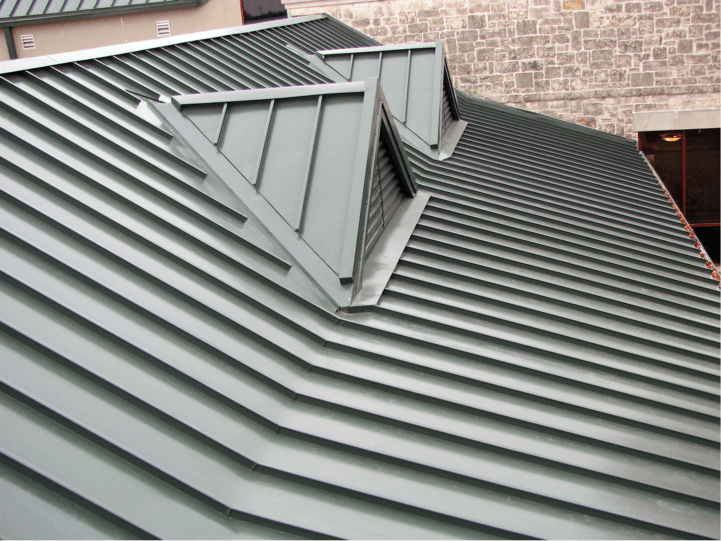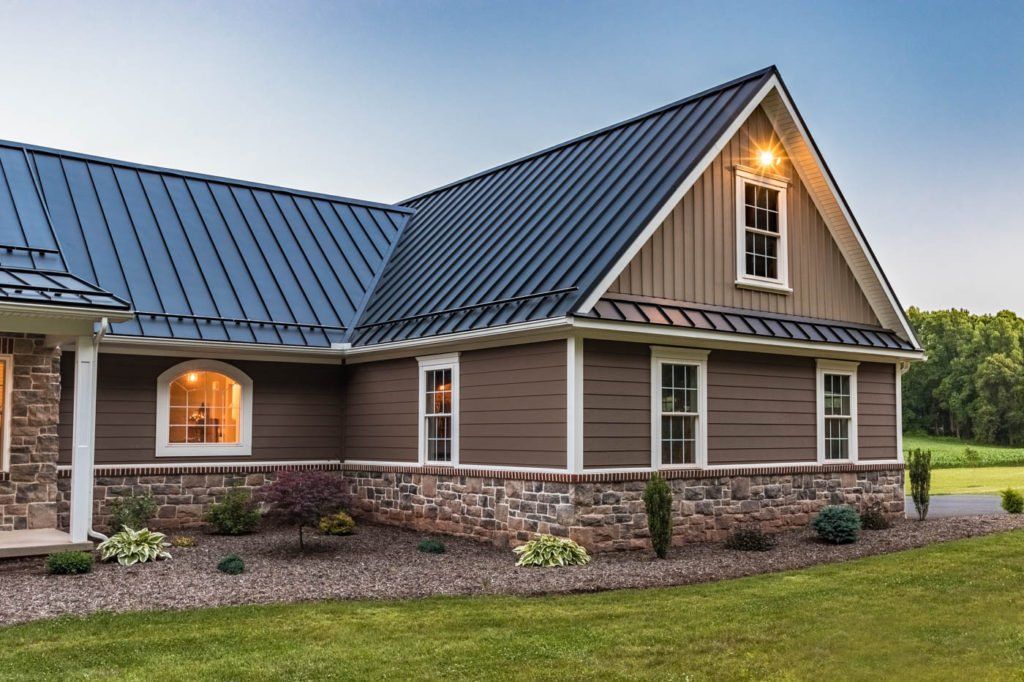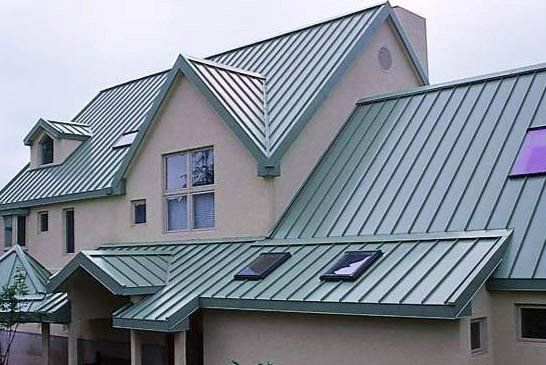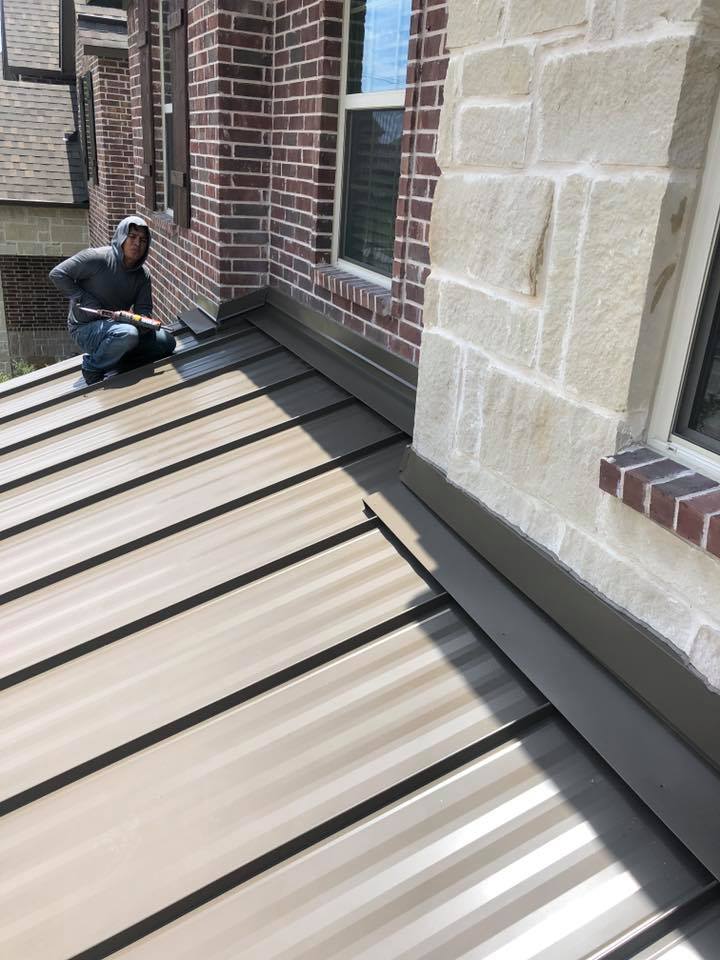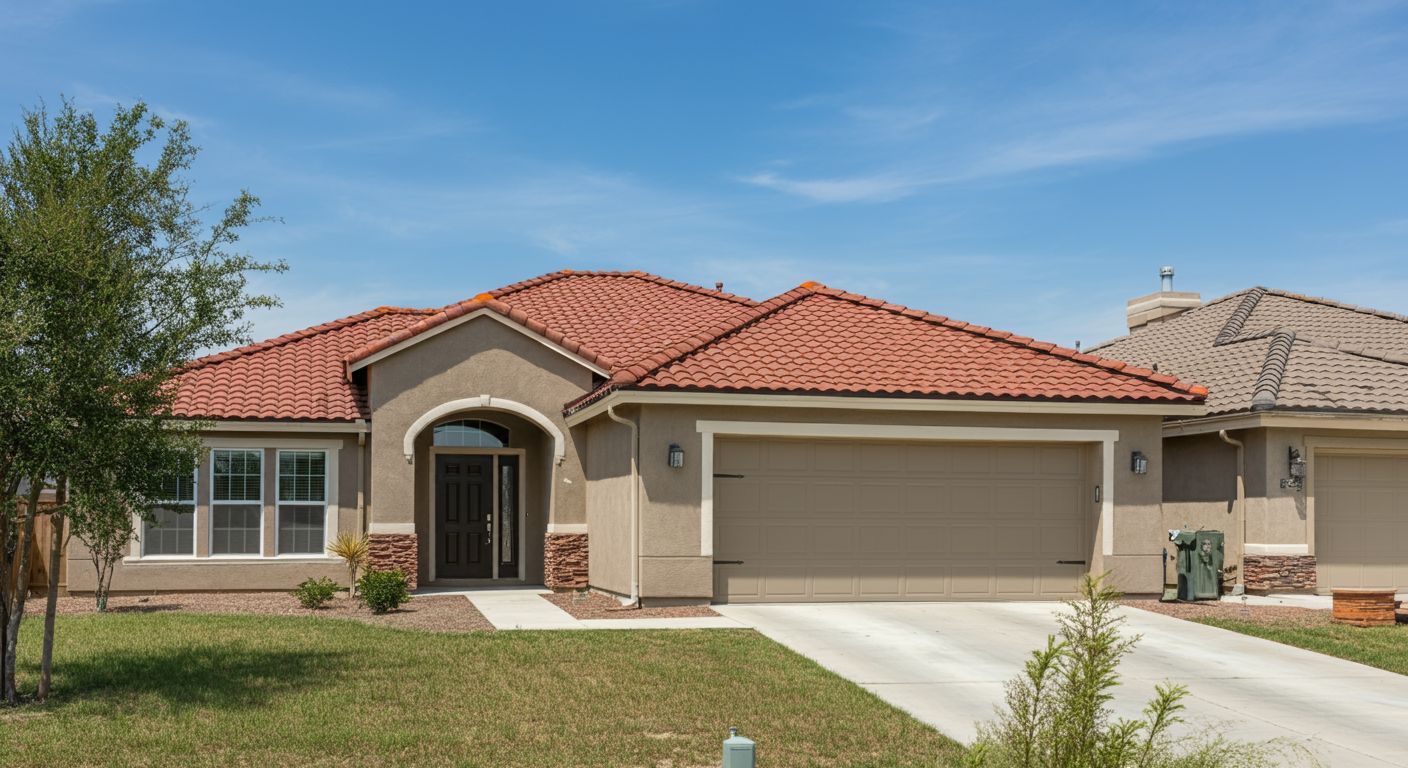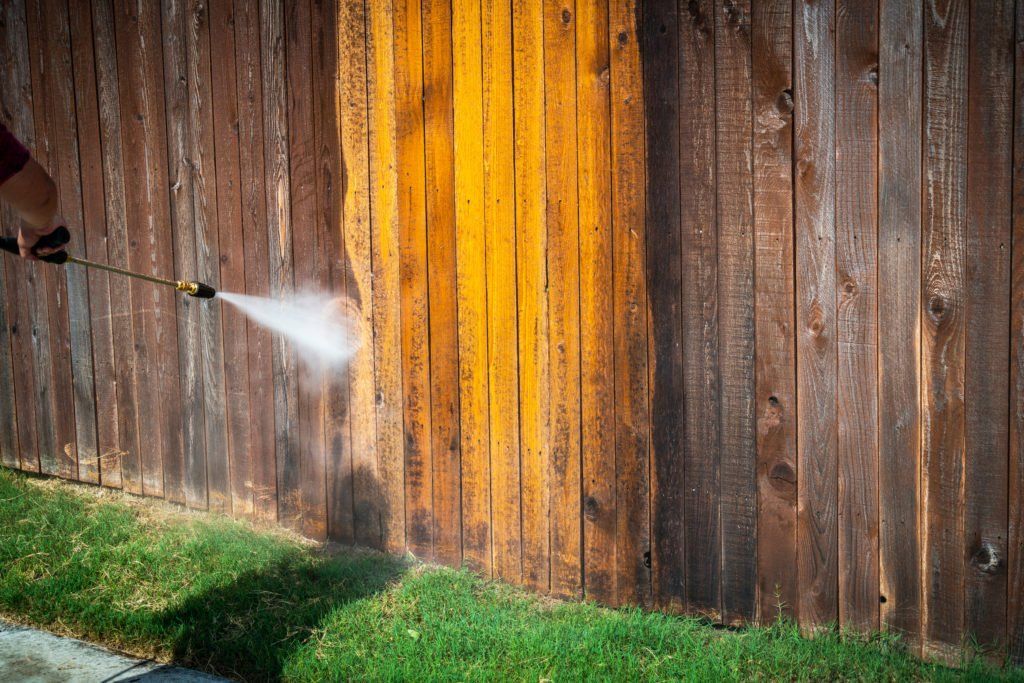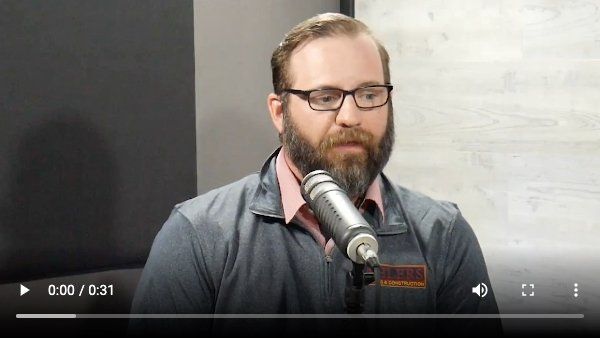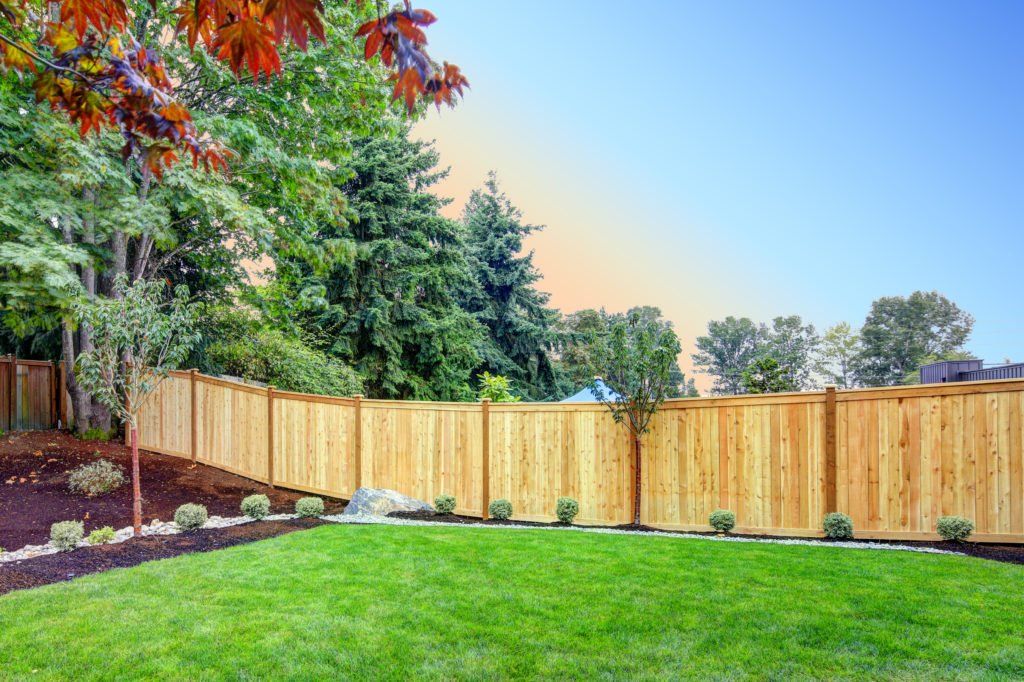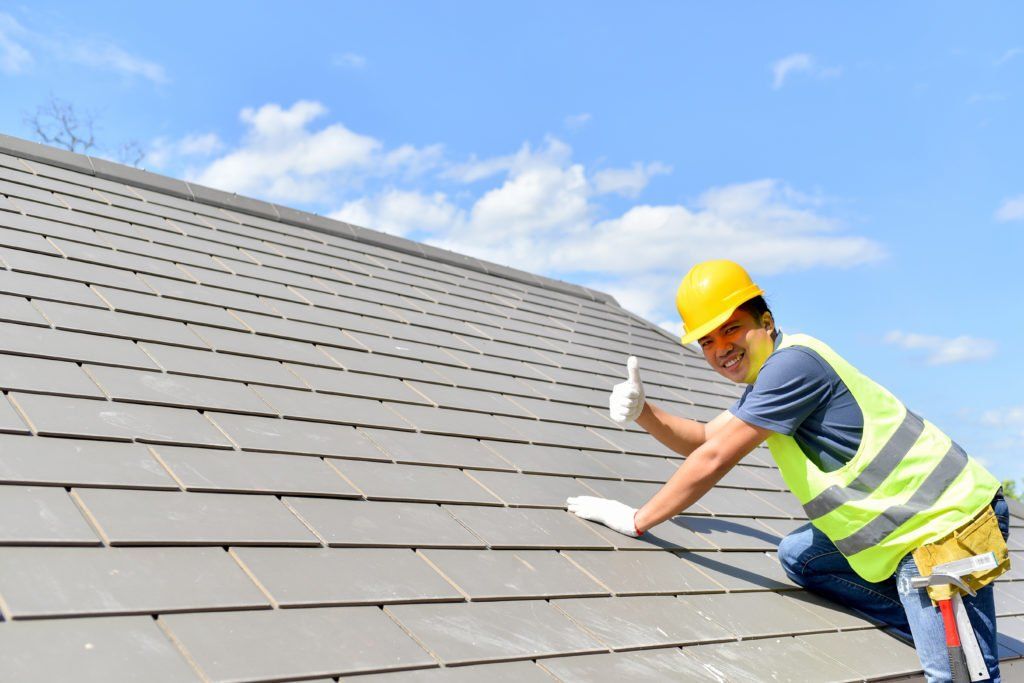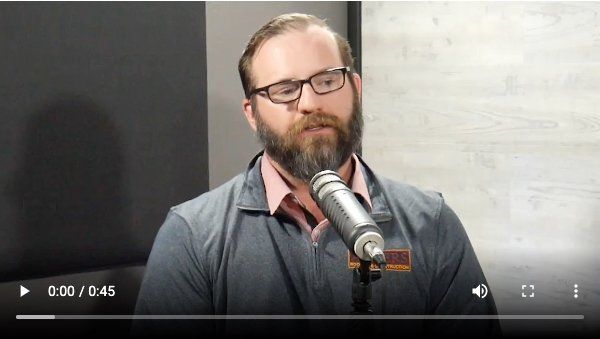Keep Your Trees In Tip Top Shape This Summer!

Caring for your Trees helps Prevent Damage to your Home and Roof
We’re closing out our Summer Heat Series with your shadiest neighbors, your trees! Shade trees are a staple of North Texas landscaping and as a top North Texas roofing company and storm restoration specialists, we get a front row seat to the damage that can occur to your property when your trees aren’t properly maintained. Caring for your trees is a great way to proactively prevent damage to your home both above AND below ground. If you don’t know of a local landscaper or arborist who is committed to protecting your wallet as well as your trees, reach out to your local contractor for a recommendation.
Let’s talk about caring for your trees in the summer heat!
Underground
Here in North Texas, clay soil is king. Clay soil has notoriously poor moisture retention and the soaring summer temps can create drought conditions that can be detrimental to the foundation of your home. The most commonly planted varieties of large shade trees in North Texas aren’t native to such arid areas. To cope with the extreme heat and the excess evaporation from their leaves, shade trees drink more moisture from your soil in the summer than any other season. This can compound drought conditions and lead to soil compaction or shift if it goes unaddressed.
You might have guessed it, but all of this underground movement can cause your foundation to crack. (For a full rundown of how to assess the state of your foundation check out our previous blog post or contact us for a free assessment.)
Taking care to water your lawn thoroughly and regularly throughout the summer will help prevent drought conditions under your home, and additionally hydrating your foundation with soaker hoses can help get you through the season. Still, if you have large shade trees near your home, that may only be a short term fix. Check with a local arborist or trusted North Texas landscaper to see if your trees need to be moved.
The best time to transplant your trees is early in the fall when they will naturally be entering a period of root growth. This is the optimum window to transplant trees as they will avoid the stress of the summer heat and have time to establish their root system before they are dormant for a period of the winter.
On the Surface
There are a few tell-tale signs of heat stress in trees that can help you stay in touch with the state of their health, both where you can see it and below where the root system is competing for moisture.
Keep an eye out for leaves turning yellow, leaf drop, or excessive dropping of bark and twigs. While this would be normal behavior for a tree in the fall, this signals heat stress in the summer. One factor that commonly exacerbates this issue is radiant heat from hardscaping around trees. This can include sidewalks, brick walls, glass, or water surfaces. Decomposed granite, often used in place of mulch under or around trees, makes radiant heat more intense as it both absorbs heat from the sun and reflects it. The increase in radiant heat can cause stress in otherwise healthy trees.
If you’re seeing summer leaf drop or other signs of stress in your tree this summer, ramping up your watering regimen will go a long way to remedy the situation. Additionally, adding a layer of natural mulch around the base of your trees will aid in moisture retention and create a natural buffer between the root system and drastic heat spikes.
From the Top
Broken or weakened limbs can come loose in the high winds of a summer storm. This can lead to serious damage to your roof and the need for professional storm restoration. Conservative, preventative pruning can help to storm-proof your trees. However, it’s important not to over prune your trees in the summer. Trees rely on their leaves not only for food but also for shade. Younger trees are especially susceptible to sun scalding if too much of their bark is exposed. A tree that is over pruned also requires more water to prevent heat stress and can lead to the drought conditions in your soil discussed earlier.
The summer is the perfect season to spot dead or broken branches on your trees because their lack of leaves sets them apart from the surrounding limbs. Try to limit your summer pruning to dead or damaged branches and leave pruning for shaping purposes for the end of the first growing season (mid-December to the end of January in the DFW area). Executed properly, preventative pruning improves the health of your tree in addition to reducing wind resistance and limb loss during summer storms.
If your trees have been damaged or have caused damage to your property this summer, get in touch with us. As a trusted DFW roofing contractor and construction company, we’ve been guiding homeowners through scorching Dallas-Fort Worth summers for over 30 years. We’re proud to protect your home, your family and your wallet as we get your property ready to beat the summer heat!
Recent Posts


